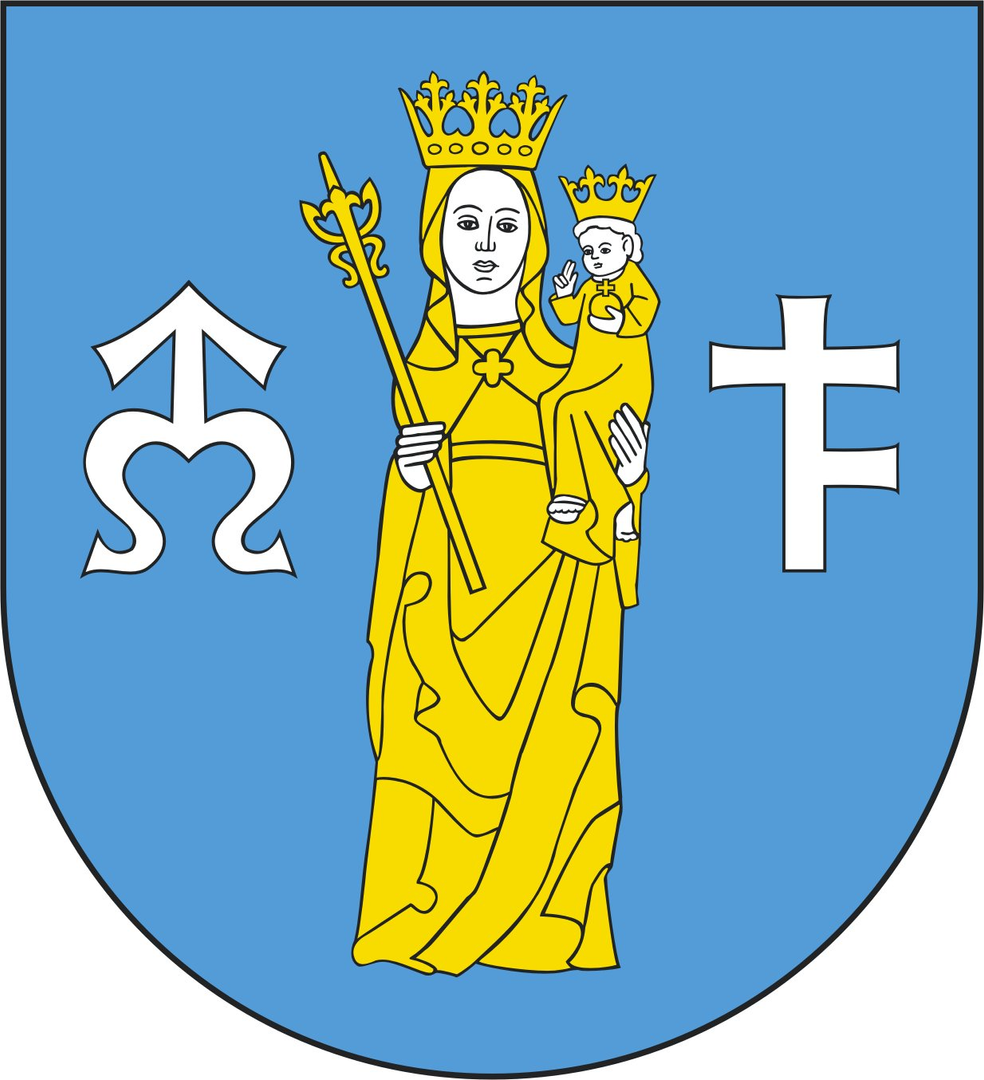Nowa Biała
6.09

Overview
Nowa Biała, located in the Lesser Poland Voivodeship, is a village with a rich history dating back to the 13th century, when the Roman Catholic parish of St. Catherine was established. The area is home to valuable historical monuments, including the parish church with its tall tower and Baroque spire, as well as the Chapel of St. Mary Magdalene, built along a former trade route. The church boasts an 18th-century Rococo altar and an intricately decorated monstrance. Architecturally, the village is characterized by its unique spatial layout, featuring two parallel streets and compact farm buildings forming a distinctive ridge alignment. Culture in Nowa Biała remains vibrant, with the preserved Spiš dialect and the active Śpis Folk Ensemble, as well as a public library that nurtures local traditions and history. The village once played an important role as a trading point between Poland and Hungary, hosting regular fairs. An interesting fact is that until 1919, Nowa Biała was a Hungarian village, and during World War II, it experienced anti-Polish activities by the local parish priest. Today, the village attracts tourists with its beautiful landscapes and scenic trails leading into the picturesque Beskid Mountains.
Location
2025 Wizytor | All Rights Reserved